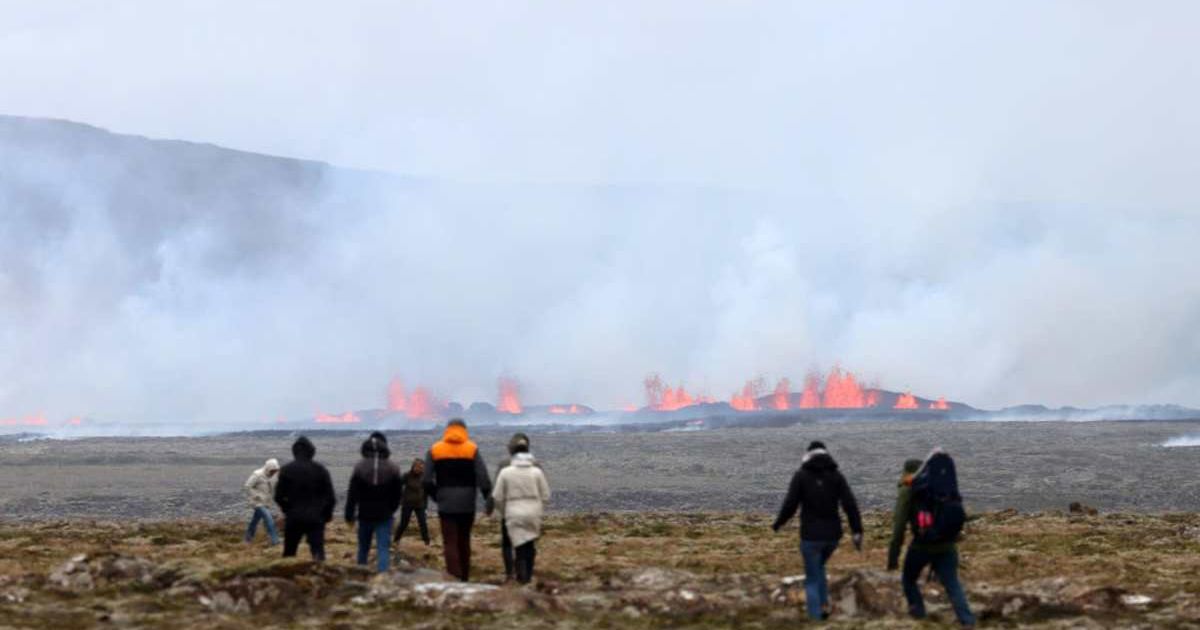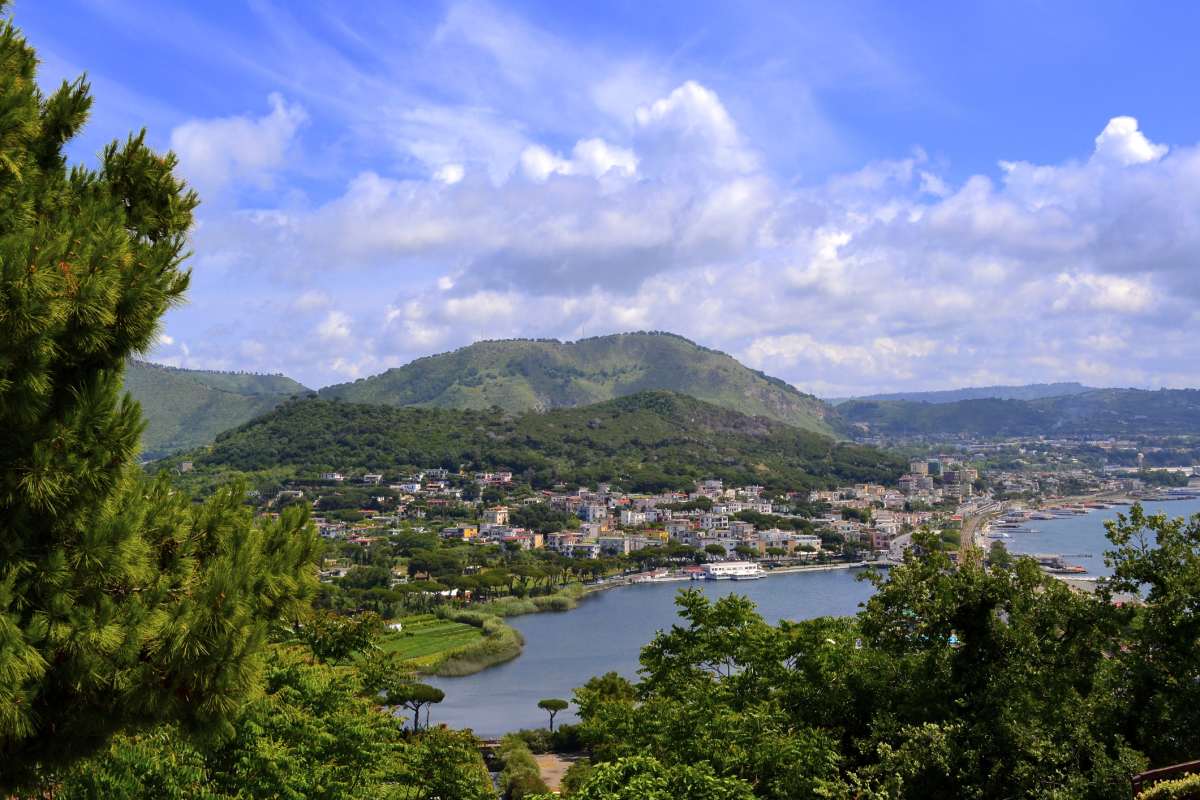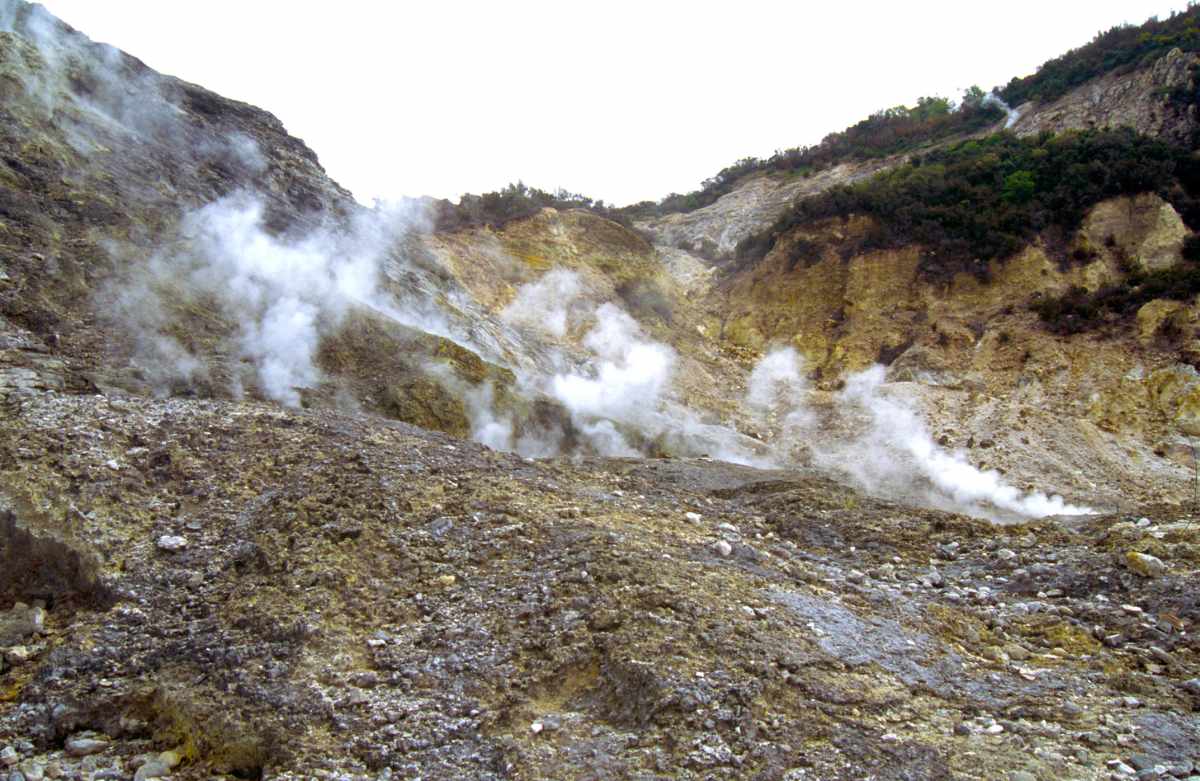AI Finds ‘Ring Fault’ in This Italian Volcano That Will Soon Set off Magnitude 5 Earthquakes

Around 2,000 years ago, heat boiling from the innards of the Earth pushed the crust to its limits. Nearly 5 miles from Naples in Southern Italy, the crust exploded, spitting out fountains of lava, gases, pumice, and volcanic ash that soon drizzled the city of Pompeii. There were even reports from the residents of Pozzuoli, a nearby town, that a new land was suddenly rising from the sea. At that time, they didn’t know that, far beyond the fieriness of Vesuvius, another volcanic giant was sitting just 30 miles away, already simmering. For centuries, this volcano, named Campi Flegrei, had been quiet. But now, it seems to be waking up. In a study published in Science, scientists documented the discovery of a new “ring fault” they detected in this volcano, which could soon unleash magnitude 5 earthquakes.

Just a half-hour drive away from the southern Italian town of Naples, Campi Flegrei, dubbed the “burning fields,” is home to hundreds of thousands of people. The foundation on which their homes are built is, shockingly, the very mouth of this volcano. As they walk around the streets, they notice subtle signs of its unrest: volleys of white smoke billowing from the vents, breeze whiffing with the acrid odor of sulfur, and unusual tremors and rattles that often shake up their windows and kitchen utensils.

Here and there, the land seems to be rising, a phenomenon called “bradyseism,” also observed in Yellowstone National Park, per CBS Sunday Morning. The phenomenon was first observed around September 29, 1538, when Campi Flegrei erupted. There had been warning signs: strings of little quakes or seismic swarms, a retreating shoreline caused by volcanic uplift, and unusual activity emanating from the volcanic vents called fumaroles. Following this eruption, the aggressive giant retreated into dormancy. But lately, scientists have been noticing elusive signals that could be clues to an upcoming eruption.

The old approach for predicting earthquakes was usually the seismic monitoring data extracted from seismograms, the graphs with wiggly lines that represent the shaking in the ground over time. “Researchers look for a sudden increase in the wiggles' size, and this process is known as ‘phase picking,’" study co-author Greg Beroza explained to Live Science. The new approach, which employs an AI tool, has enabled the team to identify earthquakes in a more refined manner and track readings that earlier tools couldn’t pick out.

As expected, the AI tool picked up some previously unrecorded subtle signals between January 2022 and March 2025. Analysis of the data revealed four times as many earthquakes. From 12,000 to 54,000, to be precise. "Our Italian colleagues were surprised to see the ring so clearly," study lead author Xing Tan said. "They expected to see something in the south where previous data had revealed scattered seismicity, but in the north, they'd never seen it so clearly." Beroza brought to attention how this new tool could be the “most important thing about this study” with its capability of getting a clear view. Factors such as the location and the length of the fault were studied to conclude.

Machine learning models were utilized to monitor the volcano’s unrest. According to CBS, Campi Flegrei had been restless for the past several years. Unlike Vesuvius, which has a straight pathway of magma flow, this volcanic crater has an entire root-like network, with veins carving out a whole new web of magma pathways, which makes it even more complex for the scientists to organize. This AI tool, therefore, has been of immense help, they said. Talking about how prized these insights are for the scientists, Beroza shared with Discover Magazine, “There’s some stuff to iron out, but the gain of information is so tremendous that there’s really no going back.”
More on Green Matters
Experts Know Why Massive Volcanic Eruptions Spread From Greenland to Scotland 60 Million Years Ago
Researchers Discover The ‘Lid’ That is Holding Back the Eruption of Yellowstone Supervolcano
Plants and Trees Give Us an Early Warning if a Volcano Is About to Erupt — Research Says